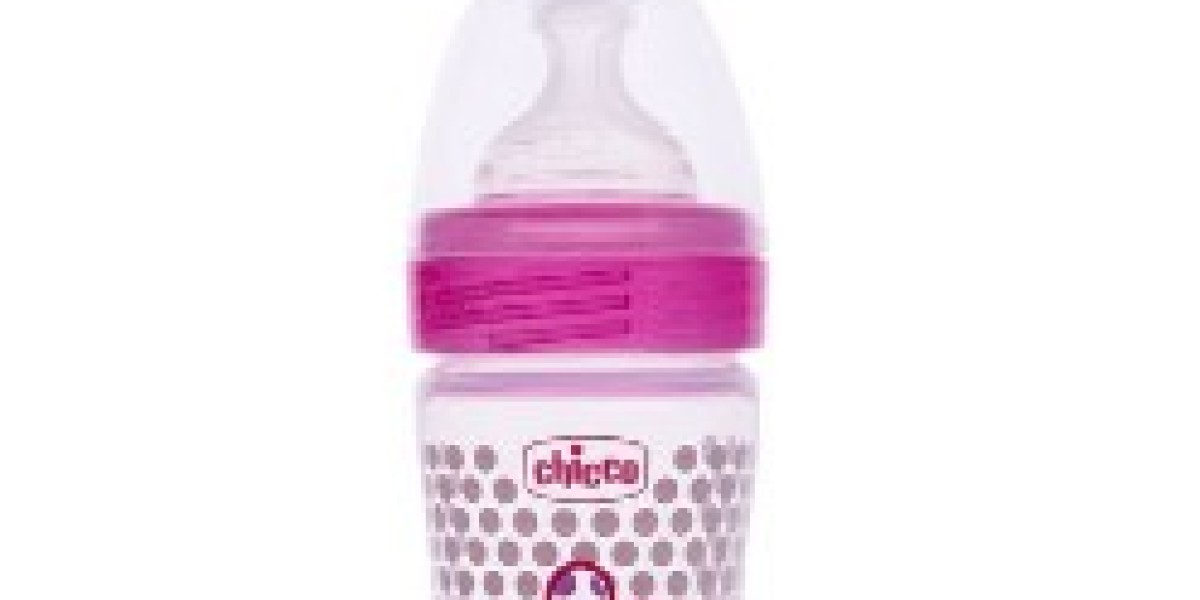As a parent, ensuring the health and safety of your baby is a top priority, especially when it comes to feeding products like feeding bottle. With the rising awareness about the potential dangers of certain chemicals, many parents are turning to BPA-free feeding bottles as a safer alternative. But are these bottles truly safe? In this article, we'll explore what BPA is, the implications of using BPA-free feeding bottles, and how to choose the right material for your baby's health.
1. Understanding BPA and Its Risks
BPA, or bisphenol A, is a chemical used in the production of some plastics and resins. It is commonly found in polycarbonate plastics, which are often used for baby bottles, food containers, and water bottles. Concerns about BPA arise from studies suggesting that it can seep into food and beverages, especially when heated, and may pose health risks. Some potential health concerns associated with BPA exposure include:
- Hormonal Disruption: BPA can mimic estrogen in the body, potentially leading to hormonal imbalances and affecting reproductive health.
- Developmental Issues: Some research has linked BPA exposure to developmental problems in children, particularly affecting brain development and behavior.
- Increased Risk of Certain Diseases: Long-term exposure to BPA has been associated with an increased risk of certain health issues, such as obesity, diabetes, and cardiovascular problems.
These concerns have led many manufacturers to create BPA-free products, providing parents with alternatives that aim to reduce potential health risks.
2. What Are BPA-Free Feeding Bottles?
BPA-free feeding bottle are designed without the use of bisphenol A. Manufacturers often use alternative materials such as:
- Polypropylene (PP): This is a common BPA-free plastic that is lightweight, durable, and resistant to heat. It is often used for baby bottles and feeding containers.
- Glass: Glass bottles are naturally free of BPA and other harmful chemicals. They are easy to clean, do not retain odors, and are environmentally friendly. However, they can be heavier and more prone to breakage.
- Stainless Steel: While less common for feeding bottles, stainless steel is another BPA-free option that is durable, safe, and does not leach chemicals. It is also insulated, keeping liquids warm or cold for longer periods.
3. Are BPA-Free Feeding Bottles Safe?
While BPA-free bottles are a safer alternative, it’s essential to understand that not all BPA-free plastics are equal. Here are some important considerations:
a. Alternative Chemicals
Some BPA-free plastics may contain other chemicals that could pose similar health risks. For example, BPS (bisphenol S) and BPF (bisphenol F) are common substitutes that may have similar endocrine-disrupting effects. Always research the specific materials used in the feeding bottle to ensure they are safe.
b. Quality of the Product
Choose high-quality feeding bottles from reputable brands. These products often undergo rigorous testing to ensure safety and comply with regulations. Look for bottles that are labeled as free from harmful chemicals, and read reviews to assess their safety.
c. Age and Condition of the Bottle
BPA-free bottles, like any feeding products, should be inspected regularly. Check for signs of wear and tear, such as scratches or discoloration, which can harbor bacteria and affect the bottle's integrity. It’s best to replace any damaged bottles to maintain safety.
4. Tips for Choosing the Right Feeding Bottle Material
When selecting the right feeding bottle for your baby, consider the following tips:
a. Research Materials
Look for bottles made from safe materials, such as BPA-free plastic, glass, or stainless steel. Understand the pros and cons of each material to determine what works best for you and your baby.
b. Check for Certification
Choose bottles that meet safety standards set by organizations such as the Food and Drug Administration (FDA) or the American Society for Testing and Materials (ASTM). This ensures that the product has undergone testing for safety and quality.
c. Prioritize Ease of Cleaning
Feeding bottles should be easy to clean and sterilize. Materials that are dishwasher-safe or can withstand boiling temperatures are often more convenient for busy parents.
d. Consider Your Lifestyle
If you’re on the go, lightweight options like polypropylene or stainless steel may be more suitable. For home use, glass bottles offer durability and ease of cleaning.
Conclusion
BPA-free feeding bottles offer a safer alternative for parents concerned about the potential risks associated with traditional plastic bottles. However, it’s essential to be aware of the materials used in BPA-free products and to select high-quality options that prioritize your baby’s health. By doing thorough research and making informed choices, you can ensure a safe and healthy feeding experience for your little one. Remember, when it comes to your baby's health, being proactive and well-informed is key to providing the best care possible.



